Cardamom 101: The Queen of Spices You Can’t Afford to Ignore
The Aromatic Wonder You’ve Been Sleeping On
If spices had royalty, cardamom would be crowned queen without hesitation. With its intense fragrance and complex flavor profile, it’s no wonder this spice is revered across continents—from Indian chai stalls to Nordic bakeries.
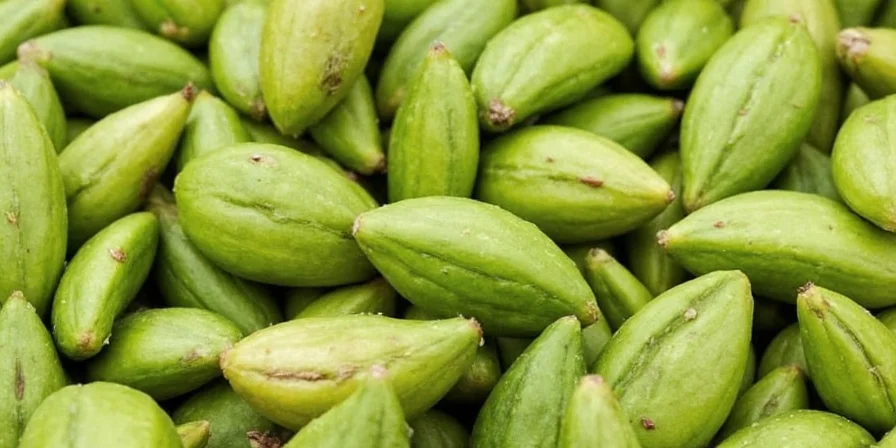
What Exactly Is Cardamom?
Beyond the fancy reputation, cardamom is surprisingly straightforward:
- Natural Origin: Comes from the seeds inside small green pods.
- Flavor Profile: Sweetly aromatic with hints of citrus, mint, and pine.
- Varieties: Green cardamom (true cardamom) vs. black cardamom (smokier, earthy flavor).
- Purpose: Used for culinary and medicinal purposes for centuries.
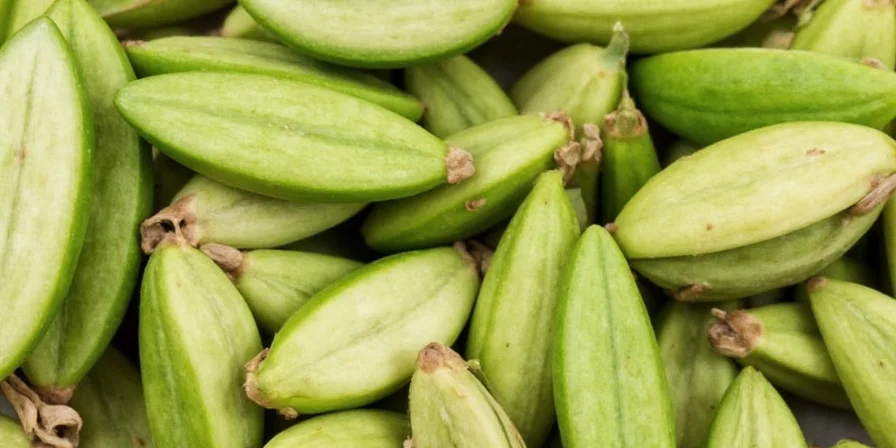
Why Cardamom Stands Out Among Spices
Let’s compare cardamom to some common spices in terms of price, use cases, and flavor impact:
| Spice | Flavor Profile | Average Price (per ounce) | Common Uses |
|---|---|---|---|
| Cardamom | Fragrant, sweet, spicy, herbal notes | $20–$30 | Desserts, chai, meat marinades |
| Cinnamon | Woody, sweet | $3–$5 | Baking, stews, mulled drinks |
| Cumin | Earthy, nutty | $2–$4 | Curries, chili, taco seasoning |
| Turmeric | Earthy, slightly bitter | $5–$8 | Curries, golden milk, coloring agent |
Top 7 Cardamom Hacks Every Spice Lover Should Know
Cardamom isn’t just for show—here’s how you can actually put it to work in your kitchen like a pro:
- Crush It Right Before Use
Like most spices, cardamom releases its full aroma when freshly ground. Crush or grind the pods just before cooking for maximum flavor punch. - Add to Coffee or Chai
One crushed pod per cup is all you need. It blends beautifully with cinnamon and clove, elevating your morning brew from “meh” to magical. - Pair It with Bitter Greens
Throw a few pods into braised kale, collards, or chard. It softens the bitterness and adds an unexpected depth. - Enhance Desserts with a Twist
Add a pinch of ground cardamom to cake batters, rice puddings, or even chocolate truffles. Trust us—it works wonders! - Infuse Oils or Syrups
Simmer crushed cardamom pods in coconut oil or simple syrup to infuse them with that unmistakable scent and taste. Great for massage oils or cocktails! - Make Your Own Garam Masala
Mix equal parts cardamom, cumin, coriander, and cloves. Toast them lightly for a homemade blend that blows store-bought out of the water. - Combat Fishy Flavors
When cooking seafood, especially shellfish, toss in a pod or two. It neutralizes unwanted odors while adding subtle warmth.
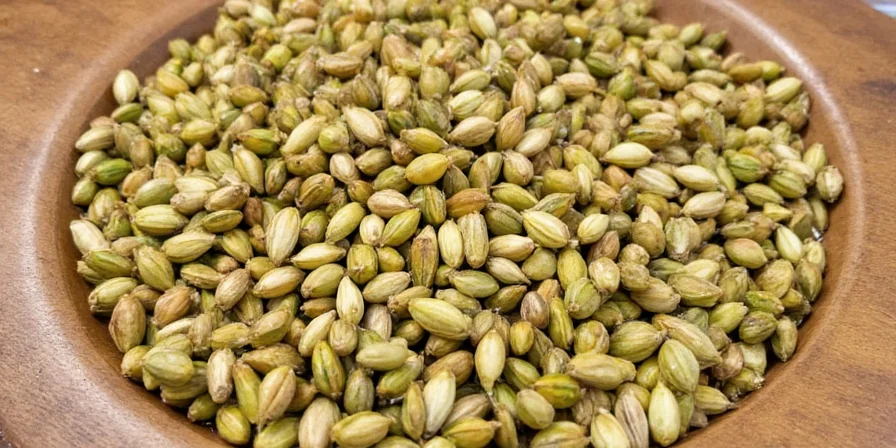
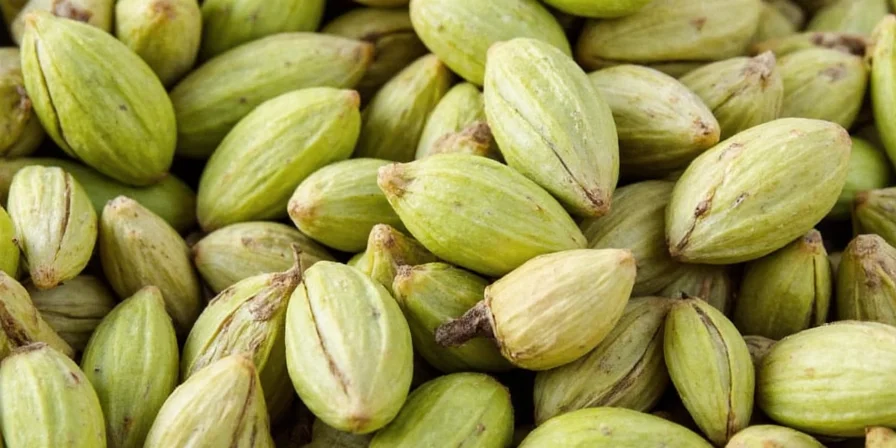
Cardamom Through the Ages: A Brief History
Cardamom isn’t just trendy—it’s ancient! Here’s a quick timeline of how it rose to global fame:
- ~3000 BCE: Used by Sumerians in Mesopotamia as incense and medicine.
- 1st Century CE: Traded along the Silk Road, becoming popular in Rome and Egypt.
- Middle Ages: Arab traders controlled the spice trade; cardamom was prized in both perfumes and potions.
- 18th Century: Cultivated in India and Sri Lanka, which remain major producers today.
- Modern Day: Now grown globally, from Guatemala to Tanzania, with green cardamom dominating markets.
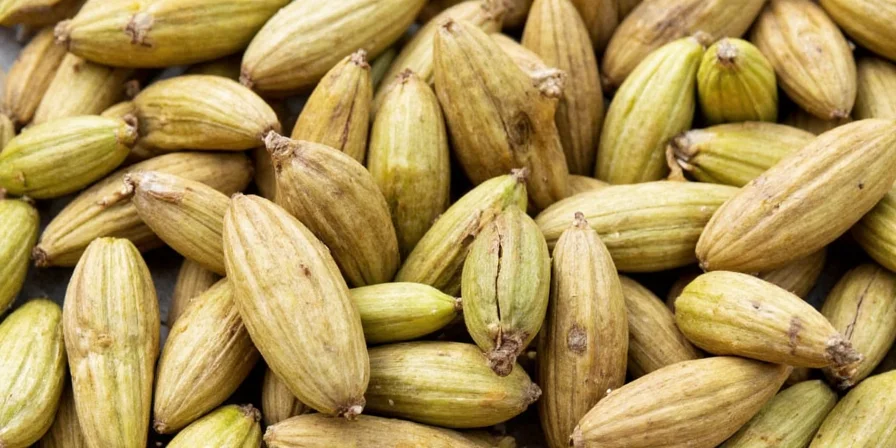
Where Does Cardamom Grow? And How to Choose the Best Pods
Understanding where your cardamom comes from helps ensure quality. Here are top growing regions and what they offer:
| Region | Main Export | Flavor Characteristics | Tip for Buyers |
|---|---|---|---|
| India | Elettaria cardamomum (green) | Fragrant, floral, high oil content | Look for AAA grade pods |
| Guatemala | Most exported green cardamom | Slightly milder, but consistent flavor | Check for uniform color |
| Sri Lanka | Black cardamom varieties | Smoky, robust, used in savory dishes | Use in place of smoked paprika |
| Tanzania | Emerging producer | Bright, bold, and affordable | Good for everyday use |
Cardamom Myths Debunked
There’s a lot of misinformation about cardamom floating around. Let’s separate fact from fiction:
- Myth: All cardamom tastes the same.
Fact: Green and black cardamom are completely different beasts—don’t substitute them blindly! - Myth: Ground cardamom is always better than whole pods.
Fact: Whole pods last longer and preserve freshness better. Grind only what you need. - Myth: Cardamom is only for desserts.
Fact: It shines in meats, grains, beverages, and even pickling brines!
Storing Cardamom: Keep That Magic Intact
Spices fade fast if not stored properly. Here’s how to keep your cardamom vibrant and fragrant:
- Whole Pods: Store in an airtight container away from light and heat. They’ll stay fresh for up to a year.
- Ground Cardamom: Loses potency faster—best used within 6 months. Label the date you ground it!
- Freeze It: If you’re not using often, freeze the pods to extend shelf life and preserve essential oils.
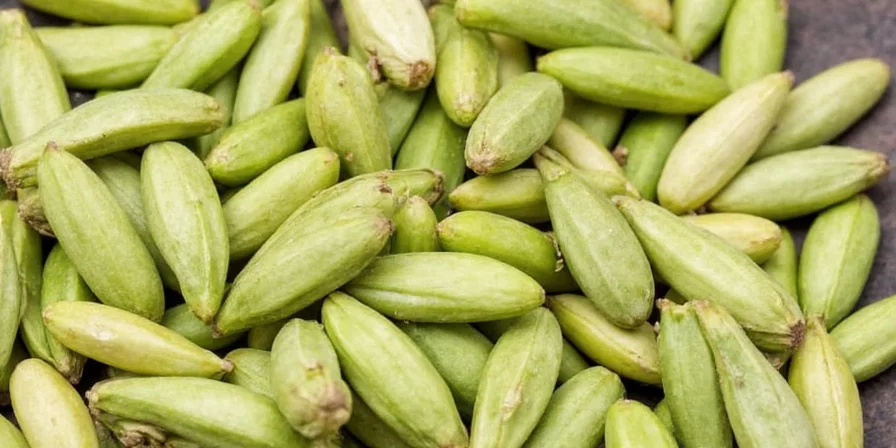
Conclusion: Don’t Underestimate This Tiny Pod
Cardamom might come in a small package, but it brings big flavor and history to every dish it touches. Whether you’re brewing chai, spicing up a curry, or giving your cookies a unique edge, this versatile spice is worth getting to know—and love.
So go ahead—crack open a pod, take a whiff, and let your inner spice master rise. Because once you experience real cardamom, there’s no going back.
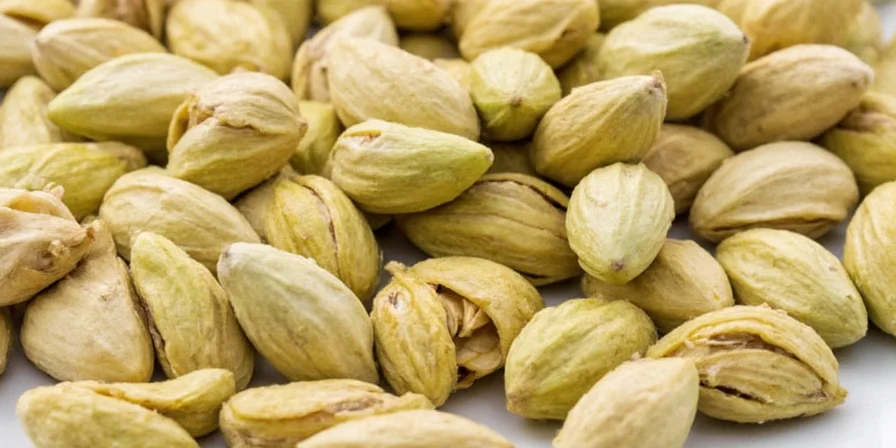

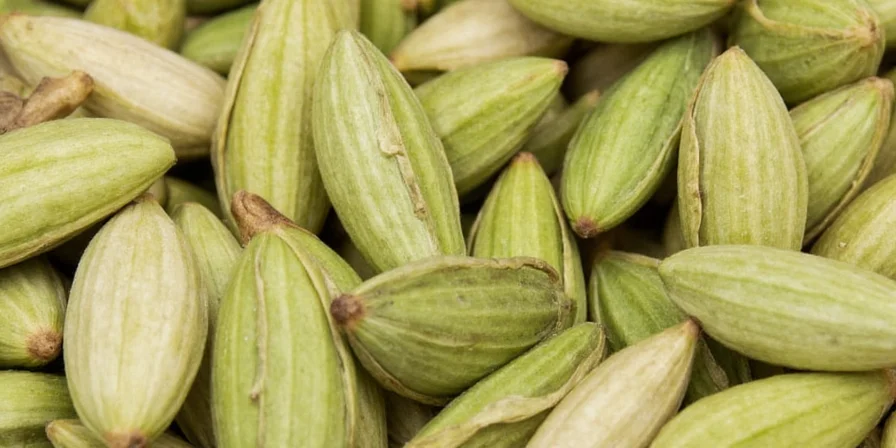









 浙公网安备
33010002000092号
浙公网安备
33010002000092号 浙B2-20120091-4
浙B2-20120091-4